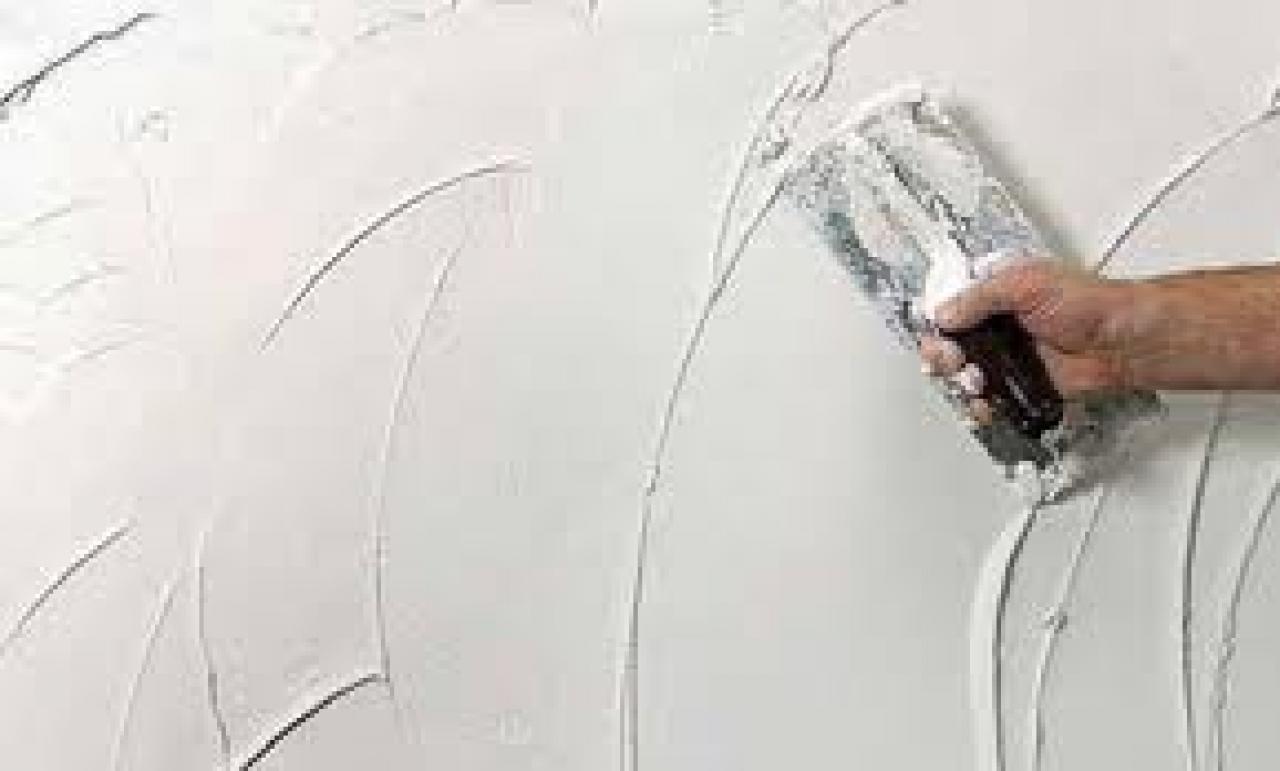The Benefits of Using Gypsum Plaster Over Sand Cement Plaster

The overall look of a house can be enhanced only when the internal walls are finished with a level of perfection. The options that are available for this job including Gypsum plastering and conventional sand cement plaster –
- Conventional sand cement plaster
- Gypsum Plaster
In this blog, we’ll compare Sand Cement Plaster with Gypsum Plaster and discuss the benefits of Gypsum Plaster over the former.
Effect on the environment
The availability of river sand has become a major concern for most Indian states. NGT or National Green Tribunal has taken measures to address this issue by taking legal actions against traders who mine river sand illegally. Also, due to the fact that river sand is not easily available, it has become an expensive resource and this also hampers the speed of the construction projects.
Gypsum plastering, on the other hand, can be recycled completely and hence poses no threat to the environment. It is made from Plaster of Paris which is acquired by heating gypsum rock. On adding water to this material, it returns back to its native form thus providing the necessary strength needed.
Water, a scarce resource
A patch of sand cement plaster requires a minimum of 7 days of water curing. Owing to the adverse effects of water pollution and other forms of contamination, the insufficiency of water is gradually rising and it has become a valuable resource. Saving water that would be used in water curing the sand cement plaster will not only save the resource but also the associated cost.
However, Gypsum plaster does not need any kind of water curing and thus saves you both time and money.
Cracks due to shrinkage
Sand Cement plastered surfaces are prone to cracks and crevices. This happens when the heat of hydration is released at the time of drying of the sand cement plaster.
Gypsum plaster, on the other hand, does not have any heat of hydration and therefore no crack formation occurs.
Application Method
Conventional sand cement plaster involves mixing 1 part cement with 4 parts sand. However, it is difficult to ensure that this proportion is maintained. Also, while mixing, there are high chances of contamination and loss of mixture prepared.
In case of Gypsum plaster, it can be applied directly applied to any surface after mixing with water. This ensures that a uniform mixture is used throughout the construction period and the quality of the project is maintained.
Settling Time
Conventional plaster requires a minimum of 15 days to become strong and rigid. Also, the process of screening sand onsite is a major challenge.
Gypsum plaster, however, sets in half an hour and gains full potency in 78 hours.
Final finish:
The final surface formed by conventional plaster is coarse and rough, and it requires further finishing so that it appears levelled and smooth.
Gypsum Plaster makes surface appear line and levelled, and it also makes the surface smooth enough to get painted. Check out our recent home painting projects to see images of well executed jobs. To know more about Gypsum Plaster and home interior services please visit us at www.freshhomez.com
